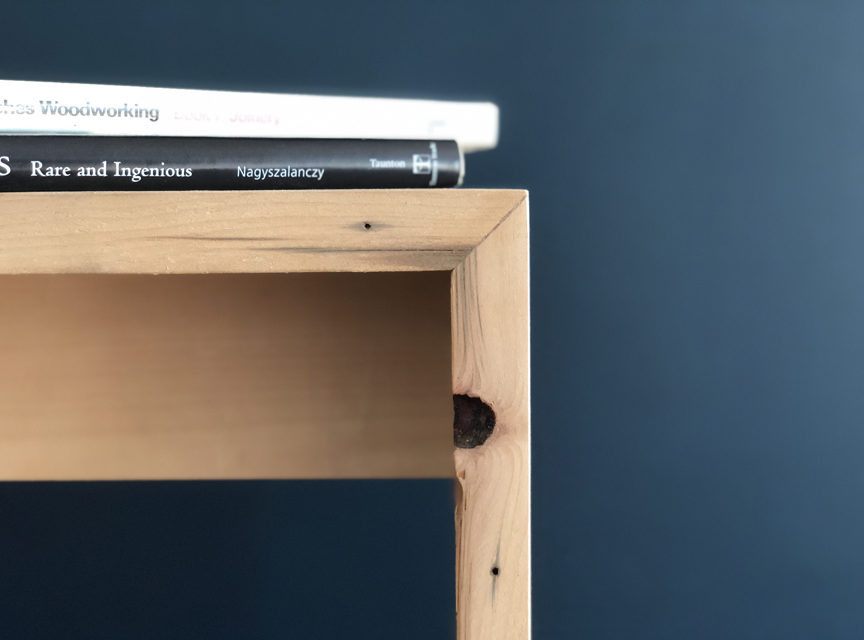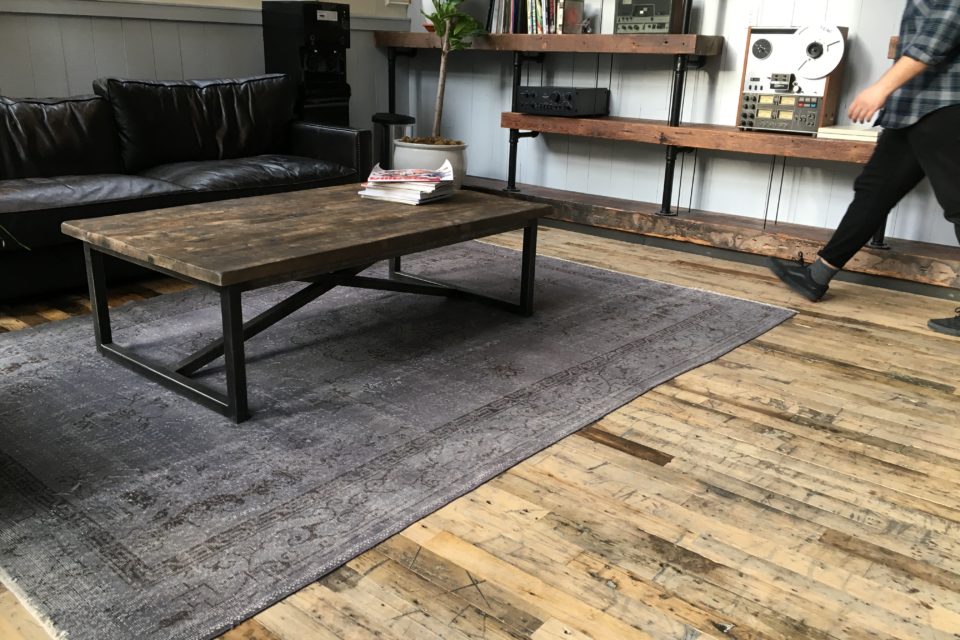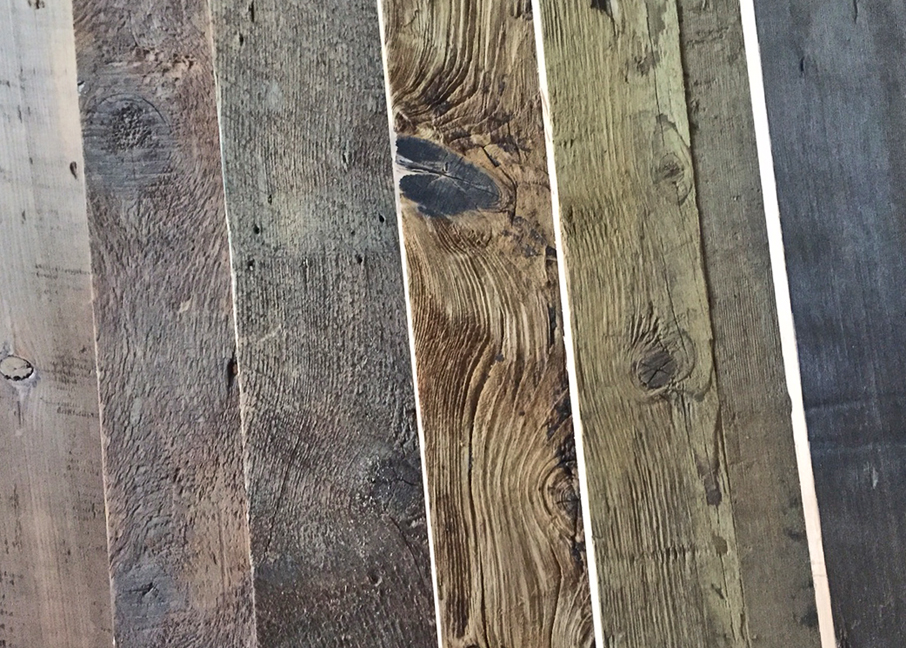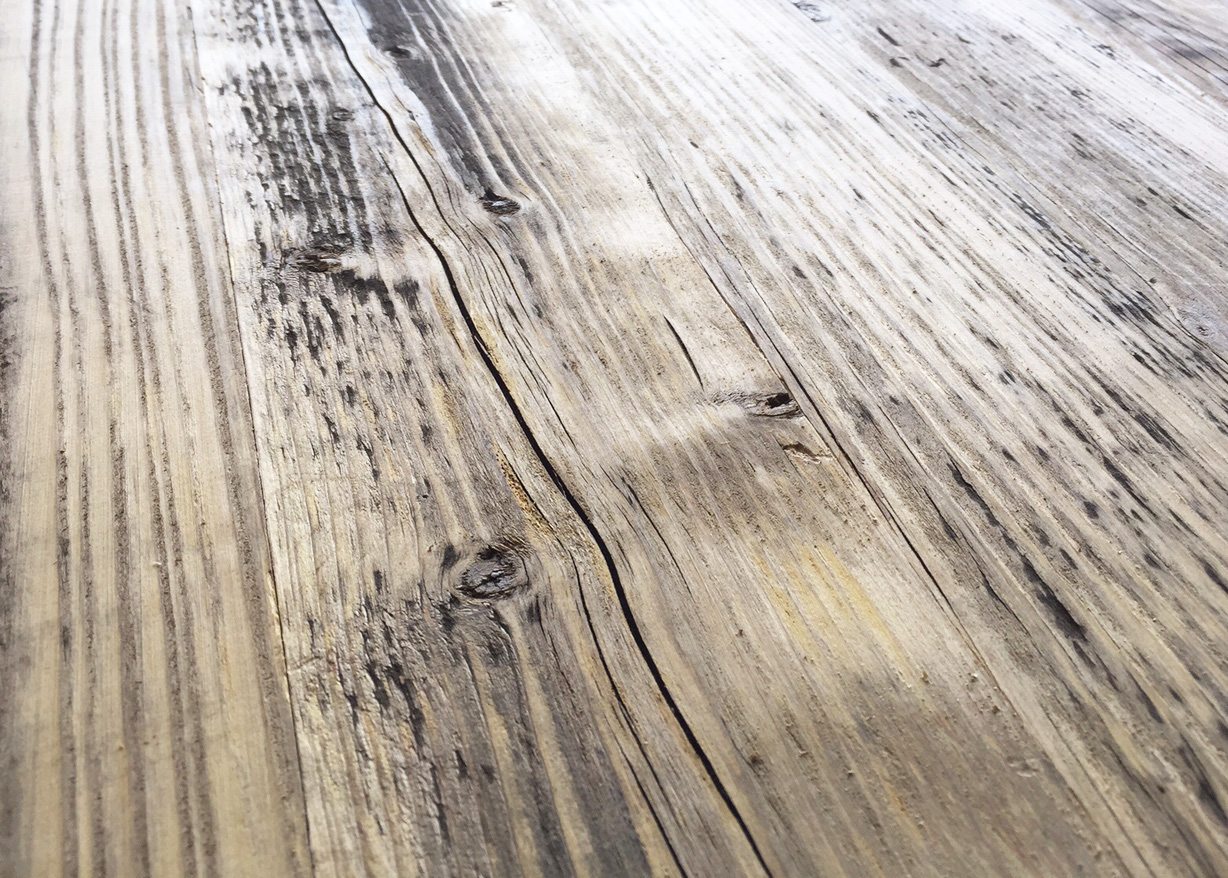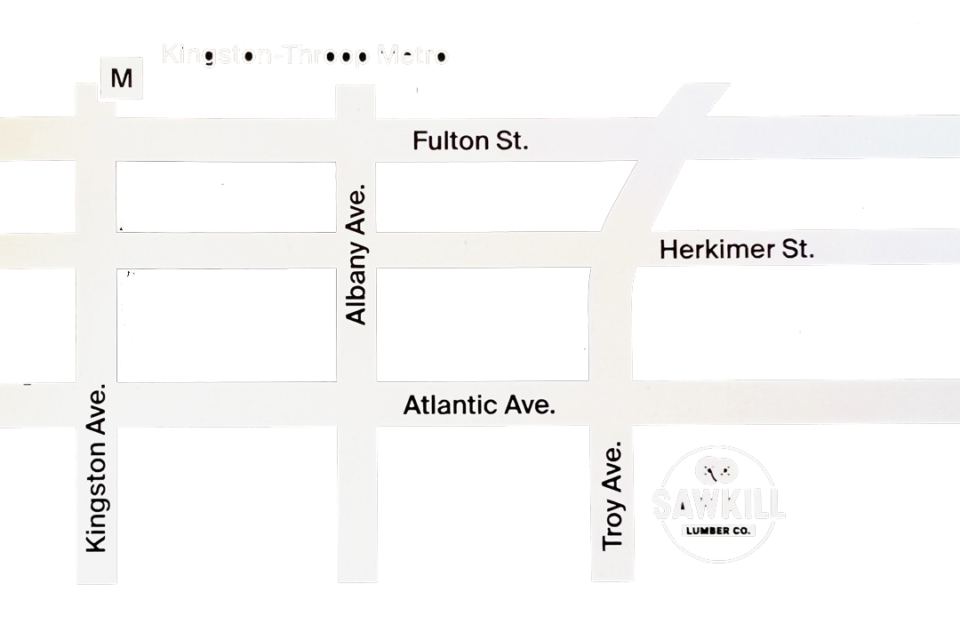Course No. 001
Working with Reclaimed Wood
Participants will be guided through basic woodworking skills that make use of hand and power tools to construct side or coffee table from reclaimed wood. The class also introduces the sources of the woods – both forest origin and the historical structure – along with finishing options, safety considerations, and a review of available leg options.
Featured reclaimed woods include NYC heartwoods, Barn hardwoods, Redwood storage tank and the Coney Island Boardwalk
Tuition: $175 + material (ranging from $40 to $100)
Time: Sat./Sun 10-2 pm
Location: Sawkill Lumber – 71 Troy Ave. Bklyn Trains: A, C to Utica Ave.
Class size: 6
Sign Up
